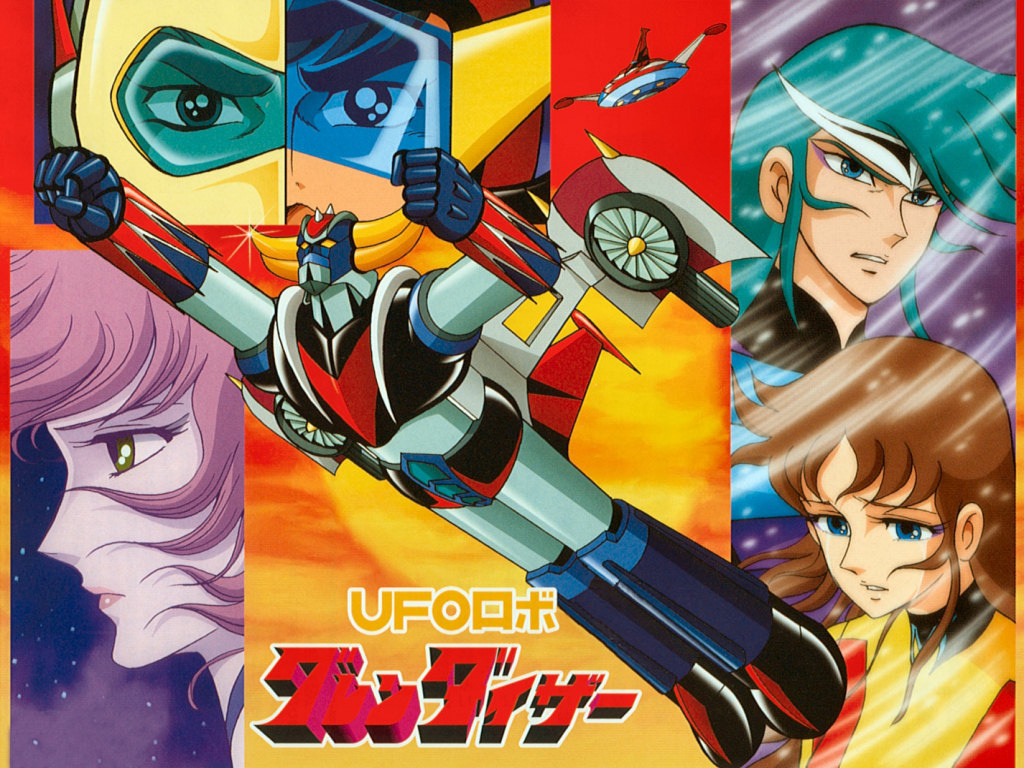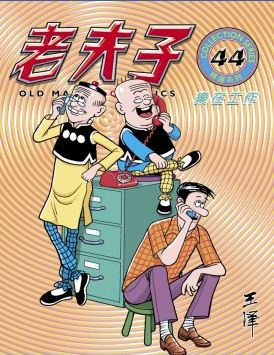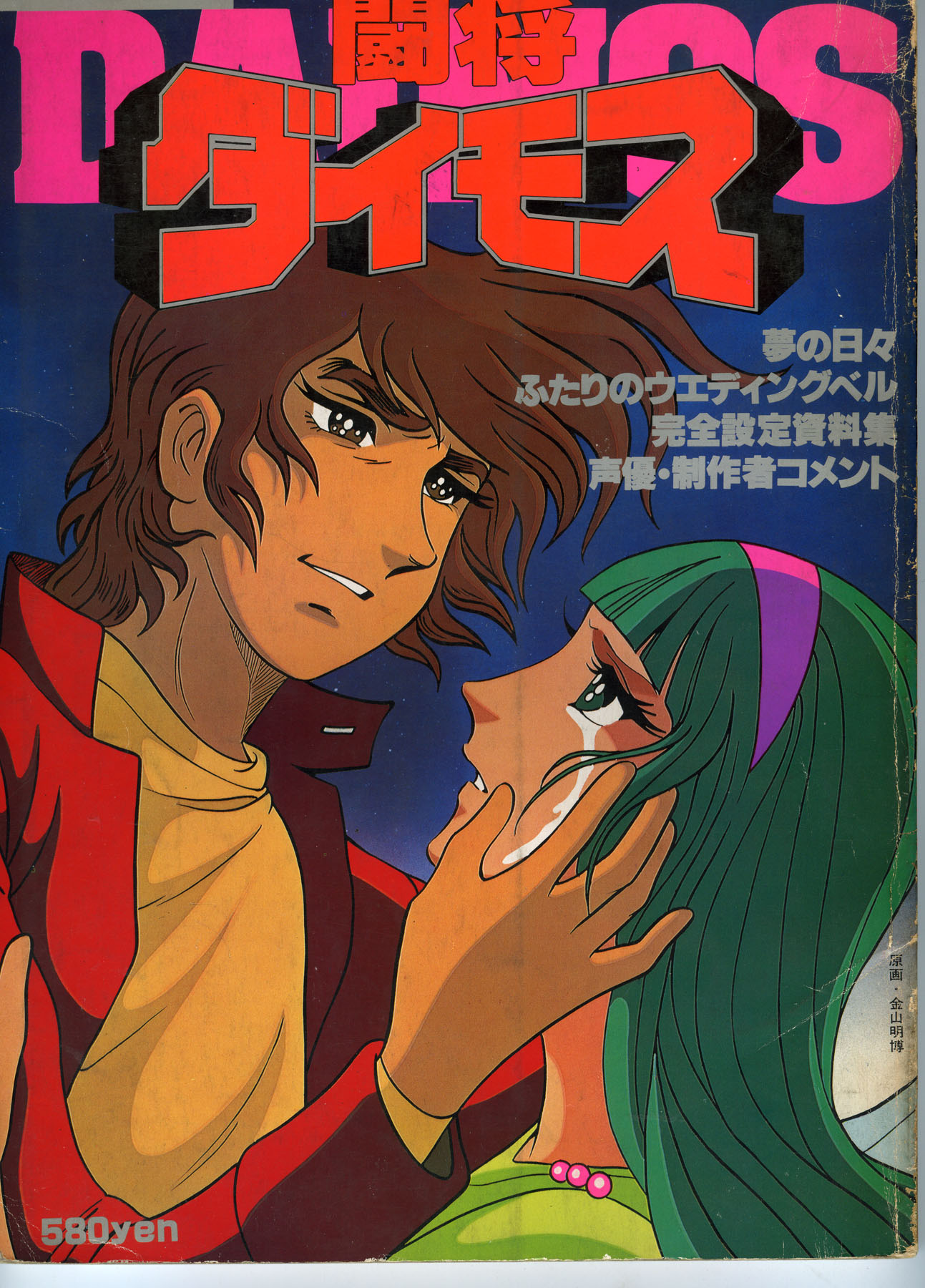Mazinger Z [マジンガーZ Majingā Zetto?], known briefly as Tranzor Z in the United States, is a Super Robot manga and anime series created by Go Nagai. The first manga version was serialized in Shueisha Weekly Shōnen Jump from October 1972 to August 1973, and it later continued in Kodansha TV Magazine from October 1973 to September 1974. In December 1972, the anime version premiered on Fuji Television. The TV series ended September 1, 1974. A second manga series was released alongside the TV show, this one drawn by Gosaku Ota, which started and ended almost at the same time of the TV show.
Mazinger Z is an enormous Super Robot, constructed with a fictitious metal called Super-Alloy Z [超合金Z Chōgokin Zetto?], which is forged from a new element [Japanium] mined from a reservoir found only in the sediment of Mt. Fuji, in Japan. The mecha was built by Professor Juzo Kabuto as a secret weapon against the forces of evil, represented in the series by the Mechanical Beasts [mecha used for evil purposes] of Dr. Hell. The latter was the German member of a Japanese archeological team, which discovered ruins of a lost pre-Grecian civilization on an island named Bardos [or Birdos, although some inconsistent translations have identified the island as being the actual Greek island of Rhodes]; the civilization was loosely based on the ancient Mycenae, and was called the Mycéne Empire in the series. One of their findings was that the Mycene used an army of steel titans about 20 meters in height [compare with the Greek legend of Talos]. Finding prototypes of those titans underground which could be remote-controlled and realizing their immense power on the battlefield, Dr. Hell goes insane and has all the other scientists of his research team killed except for Professor Kabuto, who manages to escape. The lone survivor goes back to Japan and attempts to warn the world of its imminent danger. Meanwhile, Dr. Hell establishes his headquarters on a mobile island, and plans to use the Mechanical Beasts to become the new ruler of the world. To counter this, Kabuto constructs Mazinger Z and manages to finish it just before being killed by a bomb planted by Hell’s right-hand 'man', Baron Ashura, a half-man, half-woman being. As he is dying, he manages to inform his grandson Kouji Kabuto about the robot and its use. Kouji becomes the robot’s pilot, and from that point on battles both the continuous mechanical monsters, and the sinister henchmen sent by Doctor Hell in every episode.
source: wikipedia



.jpg)








